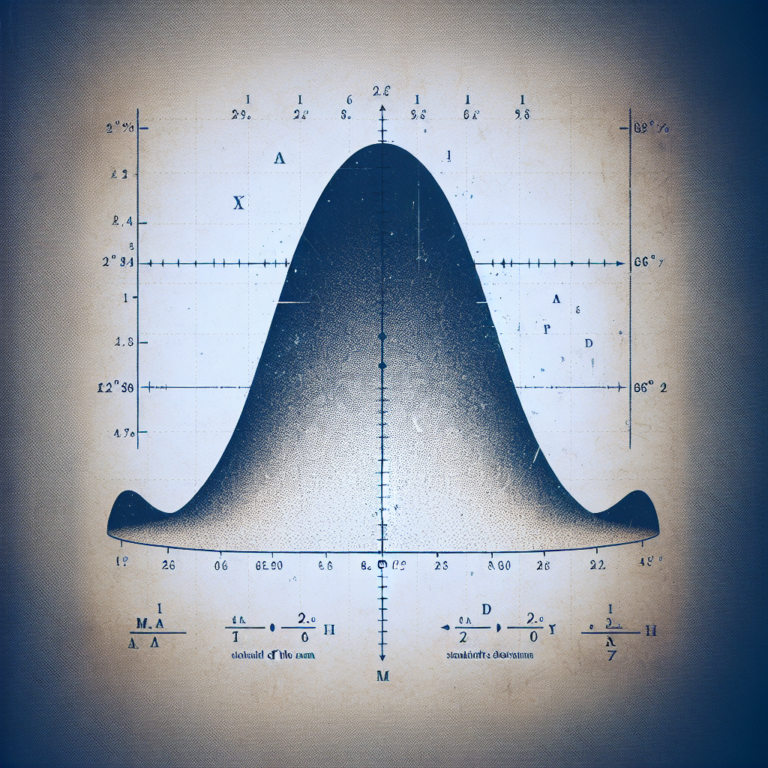Statistics play a crucial role in various fields, including medicine. As a medical doctor, understanding statistical concepts can significantly impact decision-making and patient outcomes. One essential concept in statistics is binomial distribution. In this article, we will delve into the significance of binomial distribution in statistical analysis and its relevance to the medical field.
Table of Contents
What is Binomial Distribution?
Binomial distribution is a probability distribution that describes the likelihood of a particular number of successes in a fixed number of independent trials. It is characterized by two parameters: the number of trials (n) and the probability of success on a single trial (p). The binomial distribution is widely used in various statistical analyses to model outcomes that follow a binary result, such as success or failure, heads or tails, or healthy or diseased.
Applications of Binomial Distribution
1. Clinical Trials
One of the critical applications of binomial distribution in the medical field is in the design and analysis of clinical trials. Clinical trials are essential for evaluating the efficacy and safety of new treatments or interventions. By using binomial distribution, researchers can determine the probability of observing a certain number of successful outcomes in a trial, given the expected success rate.
In a clinical trial, researchers may be interested in determining the likelihood of a certain number of patients experiencing a positive response to a new treatment. By applying binomial distribution, they can estimate the probability of observing the observed outcomes and make inferences about the effectiveness of the treatment.
2. Diagnostic Testing
Binomial distribution is also crucial in understanding the performance of diagnostic tests in medicine. Diagnostic tests are used to determine the presence or absence of a particular condition in patients. By applying the principles of binomial distribution, healthcare providers can assess the accuracy of diagnostic tests, including sensitivity, specificity, and predictive values.
When interpreting the results of a diagnostic test, healthcare providers can calculate the probabilities of true positives, false positives, true negatives, and false negatives using binomial distribution. This information is essential for making informed decisions about patient care and treatment.
How StatisMed Can Help
As a statistical analysis service provider for medical doctors, StatisMed understands the importance of binomial distribution in statistical analyses within the medical field. Our team of experienced statisticians can assist medical professionals in designing robust clinical trials, analyzing diagnostic test performance, and interpreting statistical data accurately.
With StatisMed, medical doctors can benefit from comprehensive statistical support tailored to their specific research or clinical needs. From designing study protocols to conducting data analysis using advanced statistical methods, StatisMed is committed to enhancing the quality and reliability of medical research outcomes.
Get in Touch with StatisMed
At StatisMed, we are dedicated to providing high-quality statistical analysis services to medical professionals. If you require assistance with statistical analyses, clinical trial design, or data interpretation, we encourage you to contact us today. Let StatisMed be your trusted partner in achieving statistical excellence in medical research and practice.
In conclusion, binomial distribution is a fundamental concept in statistics with various applications in the medical field. By understanding the principles of binomial distribution, medical doctors can make informed decisions, interpret research findings accurately, and improve patient care outcomes. With the support of services like StatisMed, medical professionals can harness the power of statistics for advancing medical research and practice.
[ad_2]




